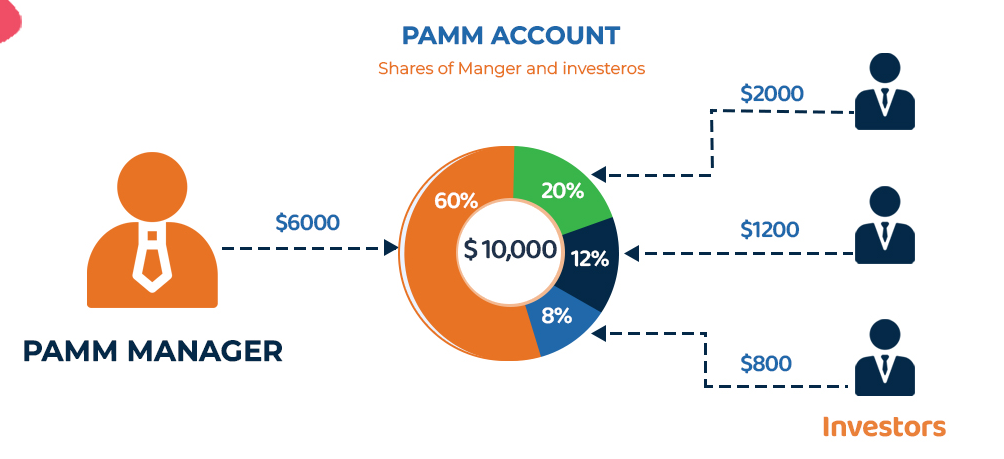The Australian Dollar (AUD) falls for the seventh consecutive day as the US Dollar (USD) strengthens following President Donald Trump’s 10% tariff on Chinese imports. Market volatility remains high as investors monitor the continuing US-China trade talks. Trump signaled he may speak with Chinese officials within the next 24 hours, warning that if a deal isn’t reached, tariffs on China will be “very, very substantial.”
Trump also announced a 30-day tariff relief for Mexico and Canada after their nations agreed to send 10,000 troops to the US border to battle drug trafficking. This move follows the introduction of 25% tariffs on Mexican and Canadian goods just two days before.
Chinese Exporters Seek Alternatives
According to the Financial Times, Chinese manufacturers are speeding up plans to transfer production offshore in reaction to US tariffs. Some companies are considering relocating to regions such as the Middle East, while others are looking into passing costs on to US customers or entering new markets.
RBA Rate Cut Expectations Weigh on AUD
The AUD faces additional pressure amid growing expectations that the Reserve Bank of Australia (RBA) may cut rates in February. The RBA has maintained the Official Cash Rate (OCR) at 4.35% since November 2023, stressing that inflation must return to its 2%-3% target range before easing policy.
Analysts at Westpac continue to forecast 100 basis points of rate cuts in 2025, with the market pricing in a more conservative outlook. ANZ, CBA, Westpac, and National Australia Bank (NAB) all anticipate a 25-basis-point (bps) cut in February, with NAB recently revising its forecast forward from May.
US Dollar Strengthens Amid Economic Developments
The US Dollar Index (DXY) stabilizes around 108.70 after erasing gains from the previous session. Recent US economic data support the greenback, with ISM Manufacturing PMI rising to 50.9 in January from 49.3 in December, exceeding expectations of 49.8.
Inflation indicators remain in focus as the Fed’s preferred measure, the Personal Consumption Expenditures (PCE) Price Index, rose 0.3% MoM in December, up from 0.1% in November. Annual PCE inflation increased to 2.6%, while core PCE held steady at 2.8% YoY for the third straight month.
Jerome Powell, Chairman of the Federal Reserve, highlighted that further policy adjustments would be required if there was clear evidence of inflation advance or labor market weakness. Separately, Treasury Secretary Scott Bessent recently argued for new uniform taxes on US imports, beginning at 2.5% and progressively increasing—a departure from his previous stance that tariffs cause inflation.
Australian Dollar Technical Analysis
AUD/USD trades around 0.6210 on Tuesday, remaining within a descending channel pattern on the daily chart, signaling a bearish bias. However, the 14-day Relative Strength Index (RSI) is recovering toward the 50 level, suggesting weakening downside momentum. A breakout above the channel, combined with an RSI move above 50, could indicate a shift toward a bullish outlook.
On the downside, the pair may test the descending channel’s lower boundary near 0.6150. A break below this level could drive AUD/USD toward 0.6087, its lowest point since April 2020.
AUD/USD is currently testing its initial resistance, the nine-day Exponential Moving Average (EMA) of 0.6225, which aligns with the channel’s upper limit. A decisive move over this level could fuel bullish optimism.











